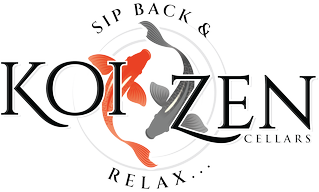Cork Production, Sustainability and Carbon Footprint:
This week we will be exploring natural corks and their use in the wine industry. Before opening the winery, I thought a cork was a cork and there wasn’t much to know about them. But, boy was I wrong! Check it out.
Over 2,200,000 hectares (8500 square miles) of cork forests exist worldwide. This area is larger than the states of Rhode Island, Connecticut and Delaware combined and larger than New Jersey or Massachusetts.
Cork make from the bark of a Cork Oak (Quercus suber) tree and is buoyant and water impregnable making it a very suitable closure for wine bottles. Corks compresses easily and retains its natural elasticity and pliability. Approximately 80% of the 20 billion wine bottles produced annually use a natural cork product as a closure.
Portugal produces about 34% of all wine corks, followed closely by Spain at 27%. The rest of the cork production is predominantly spread across the Mediterranean.
Cork is generally regarded as highly sustainable since only bark is stripped and the tree continues to live and can be harvested multiple times. In a recent study, plastic corks created more than 10x more CO2 than natural corks and are not biodegradable. Aluminum closures were even worst at 26x more CO2 than natural cork.
 |
Check out this video of corks being made HERE.
Cork History:
Corks weren’t always the closure of choice; in the 17th century, France used oil-soaked rags stuffed into bottles. I am sure this gave the wine a very fine bouquet. Natural corks became common during the early 1800’s and played an important role in during the Phylloxera outbreak of the late 1800’s when the vast majority of all European vineyards were wiped out.
Wine became scarce and crafty merchants often tried to “trick” the consumer by putting fake labels on wine bottles. The wineries responded to this forgery by imprinting the vintage and often the name of the winery on the cork. The customer could then check to see if the bottle was real or faked.
The Cork Presentation:
This tradition of the bottle and cork presentation at restaurants still exists today. The waiter is not being snobby or trying to make you feel foolish, they are simply carrying on a very old tradition. Many traditions in wine are deeply rooted.
When a waiter presents the bottle to you, first check that it was the bottle that you ordered. People sometimes make mistakes and grab the wrong bottle, so it is always good to check the bottle before they open it and you spend your dollars.
When the cork is presented to you, you can check to make sure it is free of defects, mold, crumbling or had a strange odor. When in doubt, make sure you check the wine before accepting it. If the cork has sediment on it, you might ask that the wine be decanted and if there are crystals on the cork don’t worry.
These “wine diamonds” are not broken glass and are simply tartaric crystals that are tasteless and harmless.
So next time you are presented with a cork, you know what to do and have some conversation notes you can have with the waiter. And if someone at the table is being too chatty, tell them to put a cork in it 😉
